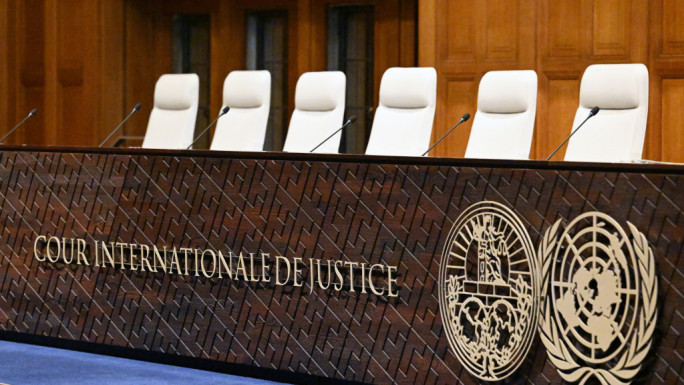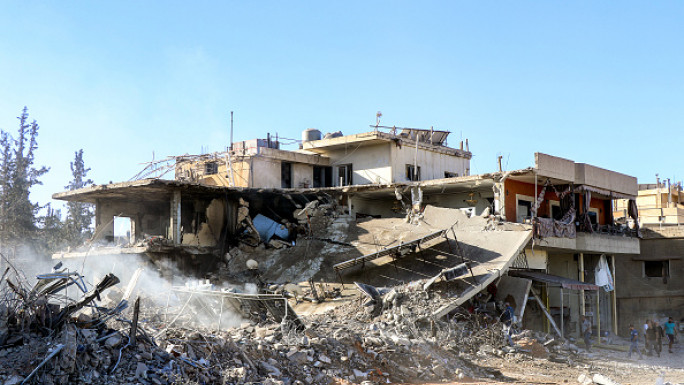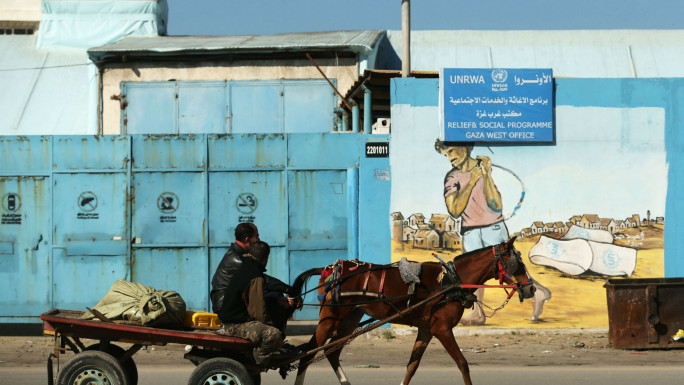
Did Saudi Arabia threaten to shoot down Qatari civilian airliners?
The video was first used in an August 13 report by Saudi pro-government TV network Al-Arabiya, on the options the Saudi government has under international law if Qatari airplanes, even civilian ones, were to cross the kingdom's airspace.
The simulation was quickly picked up by outraged journalists worldwide, including in Newsweek, The Independent and The Daily Mail.
"In an apparent overt threat to the fellow Arab nation, a voiceover in the graphic animation says that the Saudi authorities have the right to shoot down any aircraft that enters their airspace," wrote Jeff Farell of The Independent.
"Viewers believe the simulated video of the fighter jet downing a Qatar Airways civilian plane is "beyond provocative" and is meant to scare off would-be passengers from flying with the country’s national airline."
The footage comes amid an ongoing Saudi-led blockade of Qatar meant to pressure the small gas-rich nation into toeing the kingdom's line on regional policies, by closing land, sea and air links with Doha.
The video shows a warplane identifyed by Farell as a Russian-made Su-30 Flanker, shoot down a Qatari Airbus A320.
 |
The video shows a Russian-made Su-30 Flanker, shoot down a Qatari Airbus A320 |  |
On Sunday, Al-Arabiya issued a statement accusing international media of 'manipulating' the footage.
|
It said the video consisted of two parts: One showing warplanes forcing a Qatar Airways flight in Saudi airspace to land, and another showing a missile striking a (obviously civilian) plane without livery after it flies over sensitive installations. Al-Arabiya claimed both are lawful measures under international law.
Aviation analyst Alex Macheras told The Independent it was “irresponsible and unprofessional” for the Saudi network to air the graphic animation, but that it was a sensationalist move rather than an official Saudi threat.
“It was irresponsible and unprofessional of the network to air such a report – and passengers flying in the Middle East region should have no fear or worry about the safety of their aircraft.”
Sanctions imposed by Saudi Arabia, Bahrain, the UAE and Egypt included a ban on Qatar using the bloc's ports and airspace.
The air traffic restrictions have caused headaches for the 2.4 million residents of Qatar, 90 percent of whom are foreigners, as flights were forced to take longer routes, for example, to Southeast Asia.
Doha has lobbied international aviation bodies to intervene.
Last week, Bahrain and the United Arab Emirates agreed to open up emergency flight corridors for sanctions-hit Qatar's state-owned flag carrier Qatar Airways.
The Montreal-based International Civil Aviation Organization (ICAO) has been working with "various Middle Eastern states to ensure equitable access to airspace for Qatar-registered aircraft" since sanctions were announced on June 5, ICAO spokesman Anthony Philbin said at the time.
"Some existing air route availability has been assured, and some new temporary or contingency routes have also been developed," including through Bahrain and UAE airspace, he told AFP.
Would you feel safe flying over Saudi airspace? Tweet us @The_NewArab





 Follow the Middle East's top stories in English at The New Arab on Google News
Follow the Middle East's top stories in English at The New Arab on Google News


